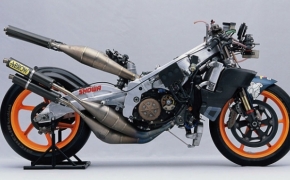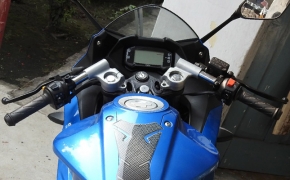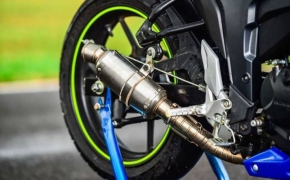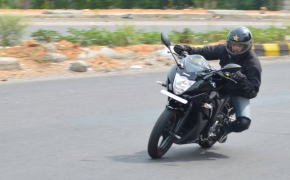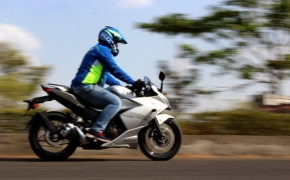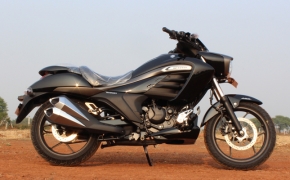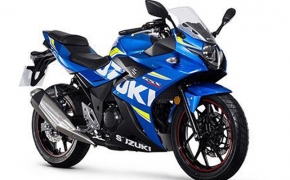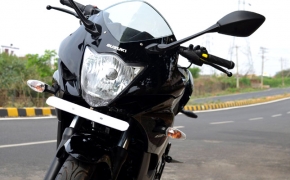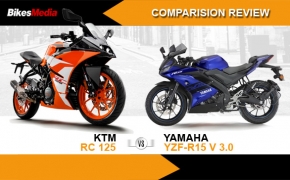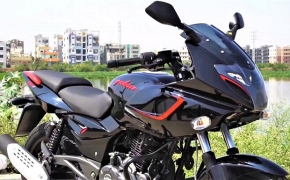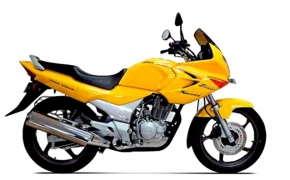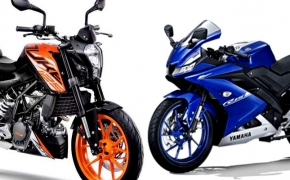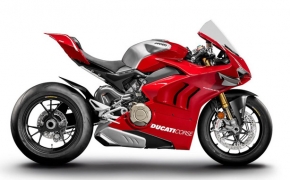We have seen that the braking mechanism on almost all bikes is shifting momentum big time. Gone are the days of the drum brakes which are seen only on the basic commuters and cost effective bikes. The reasons are also apt for the paradigm shift, but the advantages are something that holds a lot more importance over form and factor. Yes, it is true that it costs a lot more than the conventional drums, but then the package that it brings to the table is a lot more important than anything else.
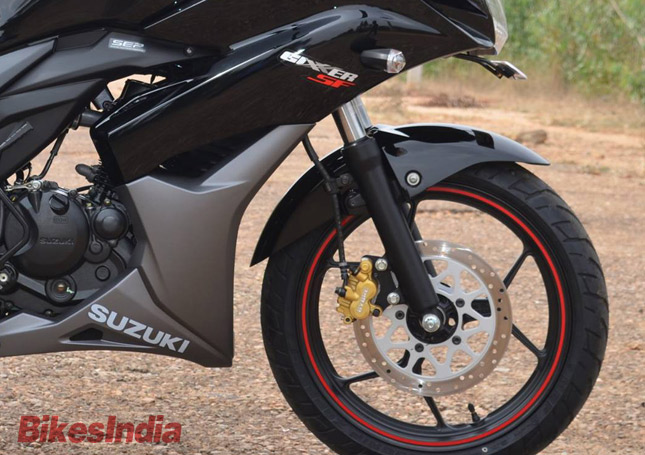 So How Do The Brakes Work?
So How Do The Brakes Work?
To put it in simple terms, it works on the principle of hydraulic pressure and Bernoulli’s principle. This is something we might have learnt in school but have for sure forgotten by now. Nothing to worry about; let’s take it slowly and in pretty simply terms. For starters in disc brakes there has to be a disc. This is a metal disc with a lot of crevices and holes through its entire area. The thickness and width depends on the manufacturer, but for the most basic one, the disc has holes in it. The purpose of those, we will come to later.
To apply force on the discs there are brake pads or brake calipers. These are nothing but plates with rough surface attached on both ends of the disc. These pads are connected to a fluid container which contains the brake fluid that flows in via a brake fluid pipe from the reservoir located at the handle of the bike on top. Might sound a bit confusing but it really is not.
When the brake lever is pulled, it might seem like you are applying pressure on the discs, but in reality you are simply opening up the valve for the fluid from the reservoir to flow downwards. Since the brake fluid is very viscous, it applies pressure on the brake calipers with the help of Piston which in turn go on to make contact with the disc and rub it. The more pressure from the top, the more pressure is generated in the contact force between the disc and the brake pads and hence the frictional force cause the disc to stop rotating and accordingly the bike comes to a halt.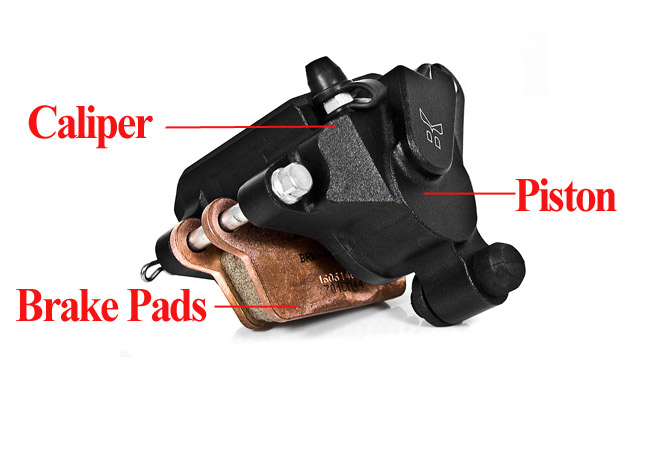 This is a very simply explanation to the entire process. Now this is to be considered that when the friction takes place a lot of heat is also generated. This heat is then given off by the discs via the holes in the disc which allows for an increased surface area to let off the heat formed. Hence we can see discs that contain petals, are curved, etc. These are how the disc brakes in motorcycles work.
This is a very simply explanation to the entire process. Now this is to be considered that when the friction takes place a lot of heat is also generated. This heat is then given off by the discs via the holes in the disc which allows for an increased surface area to let off the heat formed. Hence we can see discs that contain petals, are curved, etc. These are how the disc brakes in motorcycles work.
The problems that sometimes occur and need to be taken care of is that since the force applied on the discs is pretty strong, the wheels tend to lock up due to the excess pressure. Therefore it is important to make sure the brakes are applied cautiously and not to be jerked or pumped for proper and smooth stopping. And since the disc brakes have quite the bite, hence they are becoming a choice for all as we all know the bikes nowadays are also getting bigger power plants and hence having optimum stopping power for that has become very important.
By: Pratik Patole
 So How Do The Brakes Work?
So How Do The Brakes Work?To put it in simple terms, it works on the principle of hydraulic pressure and Bernoulli’s principle. This is something we might have learnt in school but have for sure forgotten by now. Nothing to worry about; let’s take it slowly and in pretty simply terms. For starters in disc brakes there has to be a disc. This is a metal disc with a lot of crevices and holes through its entire area. The thickness and width depends on the manufacturer, but for the most basic one, the disc has holes in it. The purpose of those, we will come to later.
To apply force on the discs there are brake pads or brake calipers. These are nothing but plates with rough surface attached on both ends of the disc. These pads are connected to a fluid container which contains the brake fluid that flows in via a brake fluid pipe from the reservoir located at the handle of the bike on top. Might sound a bit confusing but it really is not.
When the brake lever is pulled, it might seem like you are applying pressure on the discs, but in reality you are simply opening up the valve for the fluid from the reservoir to flow downwards. Since the brake fluid is very viscous, it applies pressure on the brake calipers with the help of Piston which in turn go on to make contact with the disc and rub it. The more pressure from the top, the more pressure is generated in the contact force between the disc and the brake pads and hence the frictional force cause the disc to stop rotating and accordingly the bike comes to a halt.
 This is a very simply explanation to the entire process. Now this is to be considered that when the friction takes place a lot of heat is also generated. This heat is then given off by the discs via the holes in the disc which allows for an increased surface area to let off the heat formed. Hence we can see discs that contain petals, are curved, etc. These are how the disc brakes in motorcycles work.
This is a very simply explanation to the entire process. Now this is to be considered that when the friction takes place a lot of heat is also generated. This heat is then given off by the discs via the holes in the disc which allows for an increased surface area to let off the heat formed. Hence we can see discs that contain petals, are curved, etc. These are how the disc brakes in motorcycles work.The problems that sometimes occur and need to be taken care of is that since the force applied on the discs is pretty strong, the wheels tend to lock up due to the excess pressure. Therefore it is important to make sure the brakes are applied cautiously and not to be jerked or pumped for proper and smooth stopping. And since the disc brakes have quite the bite, hence they are becoming a choice for all as we all know the bikes nowadays are also getting bigger power plants and hence having optimum stopping power for that has become very important.
By: Pratik Patole












